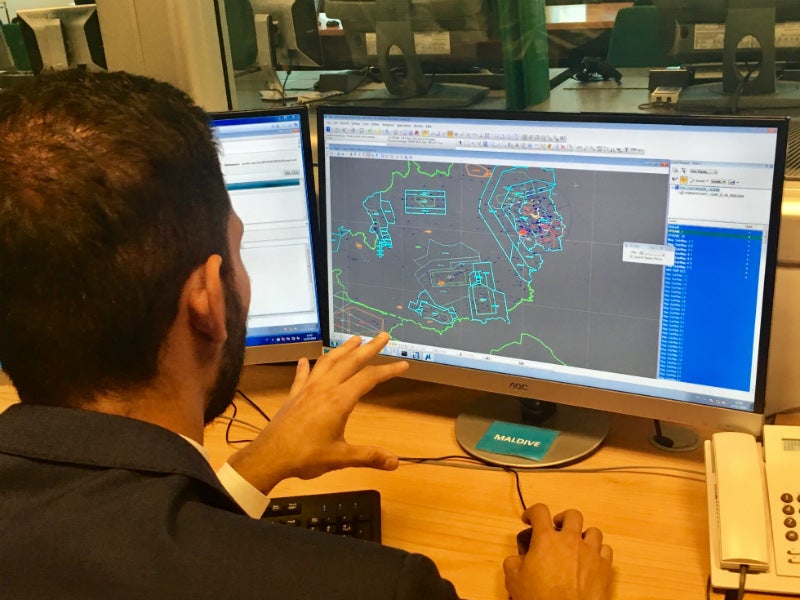
Frequentis’ IBP system-based services were used for the successful validation process for a range of SESAR’s projects earlier this month.
The projects 15-10, static aeronautical data common service, 15-11, aeronautical digital map common service underwent a validation exercise in accordance with the ESAR2020 framework at ENAV’s National Test Facility in Rome, Italy.
The objective of the testing was to validate several use cases that would demonstrate full integration into ENAV’s system landscape.
The Static Aeronautical Data Common Service (PJ.15-10) provides necessary capabilities for providing static aeronautical data in digital forms to be used by different air traffic management (ATM) systems.
The PJ.15-10 explores overall cost efficiency can be improved while still delivering the required capability to interested stakeholders.
The aeronautical digital map common service (PJ.15-11) provides users with the capability to retrieve graphical representations of aeronautical data information, consequently leading to an increase in the solution’s geographical coverage. The standard graphic information can be retrieved through individual requests for specific geographical areas.
Operational benefits include data being distributed by system-wide information management web services, as well as being conducted in line with aeronautical data standards (AIXM 5.1) and regulations (EU 73/2010).
This leads to high-availability of the aeronautical data management platform, the integration between different IBPs belonging to both ENAV and Frequentis, data flow management and control (business rules, CRC, consistency) and a new model of interoperability (data provider, data consumers), thus providing aeronautical outputs that are ready for ATM use (radar map for CWP, IFP for cockpit).
Furthermore, the service will be able to reduce costs through a lower number of system deployments and technical systems to be securely maintained in operation. This is also due to the use of shared, standard and up-to-date information, which is more easily manipulated.
Safety benefits are also envisaged given the enhanced data consistency within and among stakeholders due to harmonisation, consistent application of identical quality standards and the use of homogenous data among the stakeholders.
Several use cases have been tested to verify and validate the feasibility of using a static or dynamic aeronautical data common service distributing to consumers’ different ATM systems, supporting their operational scenario. These consumers include AIM units, ATC / ATM units, data integrators, aircraft operators, airports, data originators and procedure designers.
The performed validation was the next step to reach the target TRL-6 level, which is yet to be achieved. In addition to the interested parties of the common solution and AIM domain, technical staff and the technical team of the whole solution participated in the validation.
This project has received funding from the SESAR Joint Undertaking as part of the grant agreement number 734160, which is under the European Union’s Horizon 2020 research and innovation programme.

